Most iconic brand mascots of Indian advertising and the stories behind them
Mascots have been endearing brands to consumers over the years, creating a strong recall and connect beyond advertising and marketing drives. While the Amul Girl has been giving her witty takes on current happenings, Ronald McDonald has been enticing kids across generations.
There are some mascots that are no longer in use, but have remained in the minds of consumers – Asian Paints’ Gattu, Murphy Baby, Onida Devil and more.
In an age of rapid digital adoption and social media influencers, some mascots have endured and still create a strong recall for their respective brands, being an integral part of the company’s visual imagery. They have been as much a part of the brand as the logo. Brand ambassadors may come and go, with some celebs endorsing multiple brands, thus creating confusion.
Adgully takes a look at some of the brand mascots that have remained fresh in our minds long after the brand has moved on from them and they are no longer in use.
The ‘Amul Girl’
Adding satire and her quirky take on everything unfolding around since 1966, the ‘Amul Girl’ has stood the test of time with her sometimes controversial one-liners. A hand-drawn cartoon of a young Indian girl dressed in a polka dot frock with blue hair and a half pony tied up, it was created as a response to Amul’s rival brand, Polson’s butter-girl. The Amul Girl advertising have often been described as one of the best Indian advertising concepts. Sylvester Da Cunha, owner DaCunha Communications, and Art Director Eustace Fernandez were at the helm of the creation of the Amul Girl. The Mumbai-based agency was given the responsibility of the brand’s ad campaign by Dr Verghese Kurien, then Head of Amul and the father of India’s White Revolution – the world’s biggest dairy development programme. Amul Girl still remains as active and fresh as on the day of her birth.Murphy Baby
The Ranbir Kapoor- Priyanka Chopra starrer ‘Barfi’ (released in 2012) made us reminisce about the iconic ‘Murphy Radio’ and took us back in time. Murphy Radio was founded in 1929 by Frank Murphy and EJ Power as a volume manufacturer of home radio sets. And representing the radio was a chubby toddler with his index finger close to the lips in black and white print advertisements, who was introduced in the 1960’s. Known as the Murphy Baby, the brand’s mascot still rings a note with its quizzical smile and sharp look and is still fondly remembered as also the punch line – ‘Ghar Ghar ki ronak!’. Though the Murphy Baby mascot is no longer in existence, brand Murphy had been in existence since 1948 in India. As per Murphy India’s website, the brand exclusively belongs to Shirodkar Group of Companies. While the original mascot was a girl, she was replaced later with a baby boy. Decoding the real identity of the toddler, Mumbai-based tabloid MidDay.com, got in touch with Kagyur Tulku Rinpoche, who featured as the replacement Murphy Baby. As the tabloid mentions, a Manali native, Rinpoche was three years old at the time of the ad shoot and has no recollection of the shooting. The makers wanted him in the ad, as the girl appearing as the original Murphy Baby had died.Gattu
With a lock of hair falling permanently over his eyes and his shirt and shorts, the lovable Gattu created a strong identity for Asian Paints, founded in 1942. The company helmed by four Mumbaikars – Champaklal H Choksey, Suryakant C Dhani, Arvind R Vakil and Chimanlal N Choksi launched ‘Gattu’ – the mischievous boy with a paint bucket in his hand – as the mascot in 1954. A master creation of the late RK Laxman, Gattu struck a chord with the middle class population of the country and was used primarily in print advertisements and packaging till the 1970s. It hit the TV screens only in 1990s in TVCs. Gattu helped in bringing the commodity-led business of painters to the actual end users of home-owners. Ogilvy & Mather, the advertising agency associated with Asian Paints, launched a marketing strategy by focusing on festive occasions in 1980s with their tag line ‘Har Ghar Kuch Kehta Hai’ (Every home says something about its owner). Asian Paints’ advertisements created a strong emotional connect for the brand with festivals and important life events like marriages and child birth. The company revamped its corporate identity in 2006 and sadly axed Gattu as their brand mascot.Ronald McDonald
Who doesn’t know McDonald’s and its red-haired clown? Though we are seeing a fading prominence of the brand mascot – Ronald McDonald – amid all the scary clown movies, but the brightly dressed, ever smiling clown character is hard to miss outside McDonald’s outlets. In several TVCs, the clown inhabits a fantasy world called McDonaldland and has adventures with his friends. Since 2003, McDonaldland has been largely phased out, and Ronald is instead shown interacting with children in their everyday lives. The origin of Ronald McDonald involves Willard Scott (at the time, a local radio personality who also played Bozo the Clown on WRC-TV in Washington, DC from 1959 until 1962), who performed using the moniker, ‘Ronald McDonald, the Hamburger-Happy Clown’ in 1963 on three separate television spots. These were the first three television ads featuring the character, as per the Wikipedia.Scott claims to have ‘created Ronald McDonald’ as is mentioned in his book, ‘Joy of Living’. At the time, Scott was working for Oscar Goldstein, the Washington DC area McDonald’s franchisee, and numerous sources describe Scott’s role as only playing the part of Ronald McDonald, while giving credit for the creation of the mascot to Goldstein and his ad agency.
Onida’s Devil
Remember the long-nailed and scornful smile possessing devil in the Onida ads? The brand’s tagline: ‘Neighbour’s envy, owner’s pride’ resonated well with the visual imagery of the devil on screen, which became a hit among the consumers. Populating television screens in the 1980s, the Onida Devil was initially played by David Whitbread, a model coordinator, and the ad was shot by Gopi Kukde of Advertising Avenues. Whitbread was later replaced by actors Rajiv Khera and Ashish Choudhary. Onida decided to drop the two decade-old Devil mascot in 2009 owing to the focus only on ‘owner’s pride’ and doing away with the negative imagery – that of a devil.Krishnamurthy Sriram, Vice-President (marketing, sales and service) at Mirc Electronics Ltd that owns the Onida brand, as quoted by The Mint, estimated that the devil single-handedly pumped Onida’s market share in televisions up from 5-6 per cent in 1981 to 19-20 per cent at the campaign’s peak – which came just before 1995. Till today, the mascot generates an instant brand recall.
Vodafone ZooZoos
The cute white creatures with an egg-shaped and ballooned spherical body generated a huge buzz during the second season of the Indian Premiere League in 2009. Conceived by former National Creative Director Ogilvy & Mather, Rajiv Rao, the ZooZoos were also used to promote various value added services of Vodafone. The ads were shot by Bangalore-based Nirvana Films in Cape Town, South Africa. The ZooZoos were introduced just after the company underwent a rebranding exercise from Hutch to Vodafone in 2008. The ads featuring ZooZoos became a rage among the masses and were an instant hit, followed by huge fan following on their social networking pages. They made a comeback in 2015, wherein the company used them to market their revamped property, ‘My Vodafone App’.Air India’s Maharajah
It was in 2015 that Air India gave its age-old ‘Maharajah’ mascot a makeover and replaced it with a younger avatar with spiked hair. Less than a month after taking oath as the Prime Minister of India, Narendra Modi had instructed to the Aviation Ministry that instead of the Maharajah, aam aadmi should be the mascot of Indian aviation. It came on the back of his emphasis that the ministry needs to formulate policies to bring flying within the reach of the common man and not limited only to the rich. What initially was designed only for the airline’s memo-pads, the Maharajah – with hands folded in namaskar and the signature turban – became a promotion tool for Air India. It was created by Bobby Kooka, the then-commercial director of Air India, and Umesh Rao, an artist with J. Walter Thompson in 1946. As per Wikipedia, Kooka had stated that, “We call him a Maharajah for want of a better description. But his blood isn’t blue. He may look like royalty, but he isn’t royal.”Nirma Girl
Even the brand’s mascot – the ‘Nirma Girl’ – can’t stop twirling to the tunes of ‘Hema, Rekha, Jaya Aur Sushma, Sabki Pasand Nirma. Washing Powder Nirma’. Clad in a white frilly frock, the ‘Nirma Girl’ remains the most enduring image since 1980s till today and is doing pirouettes on Nirma’s tikiya (washing soap) and washing powder packets. The mascot was conceived in 1985 and Gujarat-based ad agency Purnima Advertising was at the helm of the campaign. It is said that the original Nirma girl was none other than Nirupama, the daughter of Nirma Group’s founder Karsanbhai Patel, who died in a car accident a few years later. Thanks to the aggressive marketing and advertising push, the ‘Nirma Girl’ became quite a familiar face among the masses. The brand quickly emerged as a dominant player in the detergent market and its success story became one of the most widely discussed case studies in B-schools across the world. Nirma brought on board Taproot Dentsu in 2009 to revamp the brand image.Nirma underwent another makeover in its advertisements when it brought on board actor Hrithik Roshan in 2016 for a TVC to endorse its advanced range of detergent. The ad was conceptualised and executed by Boing Advertising. It was the first time that the brand took the ‘celebrity-route’ for its TVCs.
Boomer Man
‘Boomer’ was brought to India by Joyca, a confectionery major from Spain in 1995. Since then, the brand’s TVCs have been resonating well with the audience where the ‘Boomer Man’ appears like a saviour of all and comes ‘Boom Boom Boomer’. Not less than a super-hero, Boomer Man became a favourite among kids while he performed stunts like a pro in the commercials. Owing to its strong visual presence through the advertisements featuring Boomer Man, in 2000 became the single largest brand in the segment with a market share of over 40%.In 2005 Joyco was taken over by Wrigley's. Boomer has been successful in utilising ‘Boomer Man’ as a great marketing tool that very often translated into sales.To drive some brand recall, in 2007 Wrigley launched Boomer- Bubble Blowing Championship, the winners of which had got the chance to star in a Boomer television commercial, along with the Boomer Man. In 2007, Grey Mumbai’s Priti Nair and Brijesh Jacob executed a brilliant outdoor campaign for Boomer bugglegame which revived the marketing for the brand.Parle-G Girl
We bet most of us still can’t stop relishing Parle-G biscuits dipped into a perfect ‘adrakwaali chai’. The combination has been making people rave about since years. Not to miss the rosy chubby Parle-G girl. Parle began manufacturing biscuits in 1939. In 1947, when India became independent, the company launched an ad campaign, showcasing its Gluco brand of biscuits as an Indian alternative to the British biscuits. According to a Quora post, the girl featured on wax wrapping of Parle-G packet is Neerja Deshpande of Nagpur. The anonymous post describes her as of 4 years 3 months when the artiist captured her. But the speculations were put to rest when Mayank Shah, Group Product Manager at Parle products denied all stories by saying the featured kid isjust an imagination of the artist. It is actually an illustration of an Everest creative back in 60s.In January this year, the heritage brand launched its latest campaign, ‘Bharat KaApna Biscuit’ conceptualised by Samir Chonkar of Everest Brand Solutions featuring its age-old mascot on the product packaging.



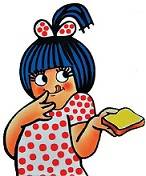
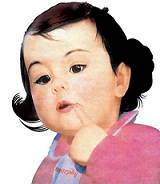
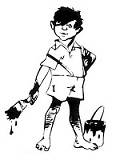
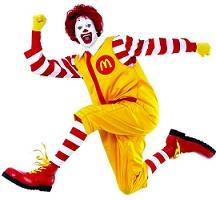
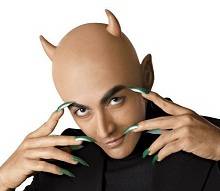

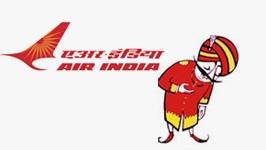

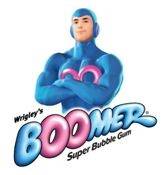
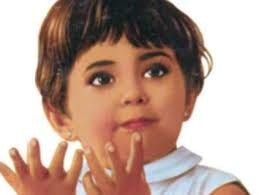
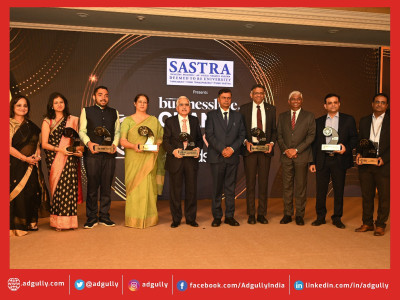


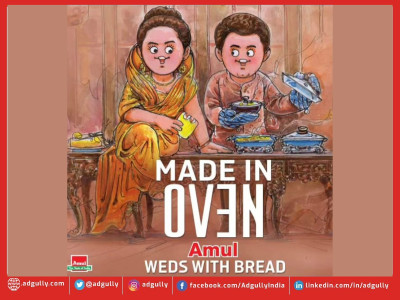
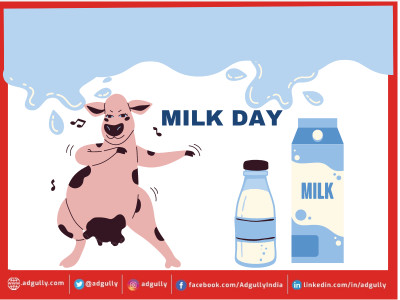
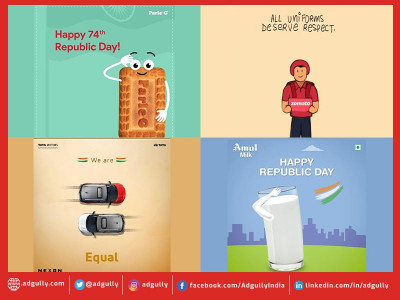
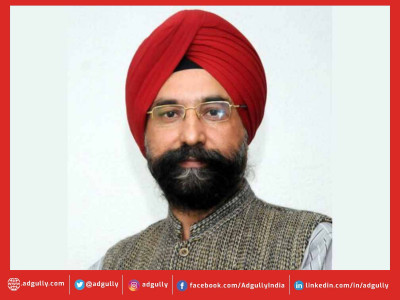

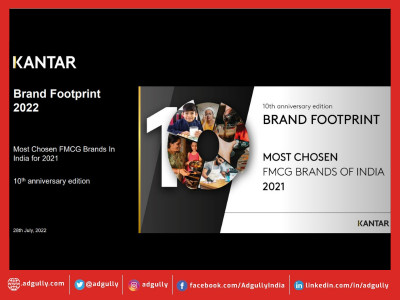

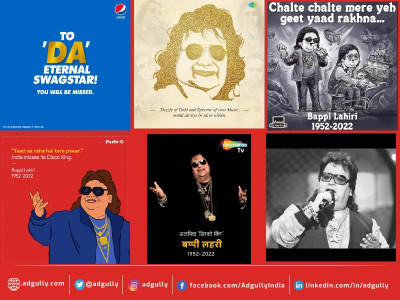
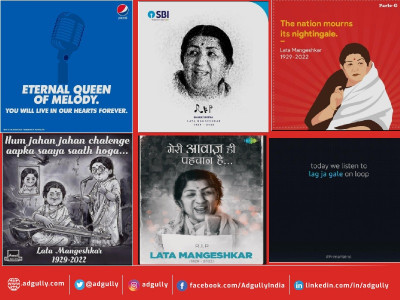

Share
Facebook
YouTube
Tweet
Twitter
LinkedIn